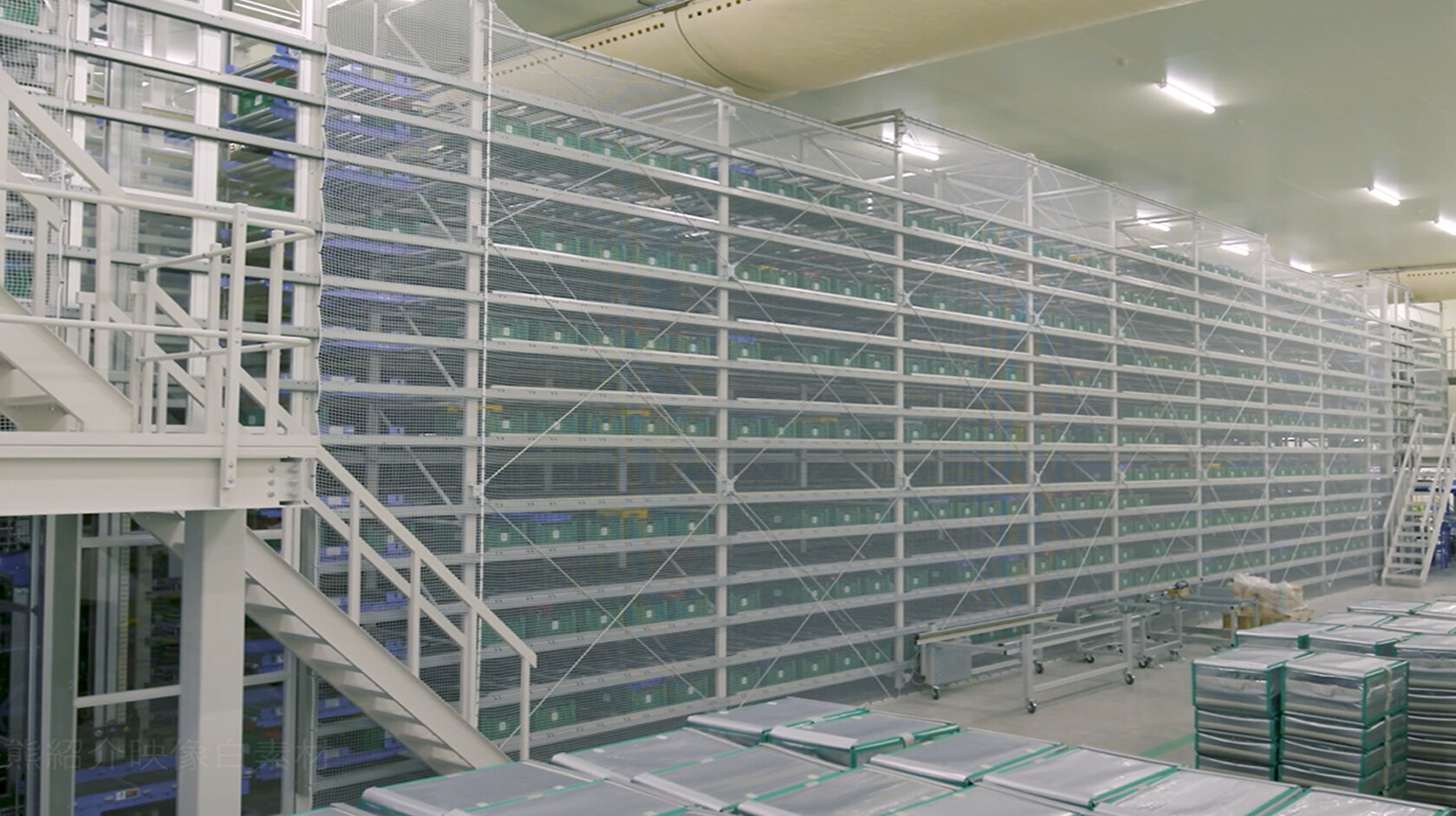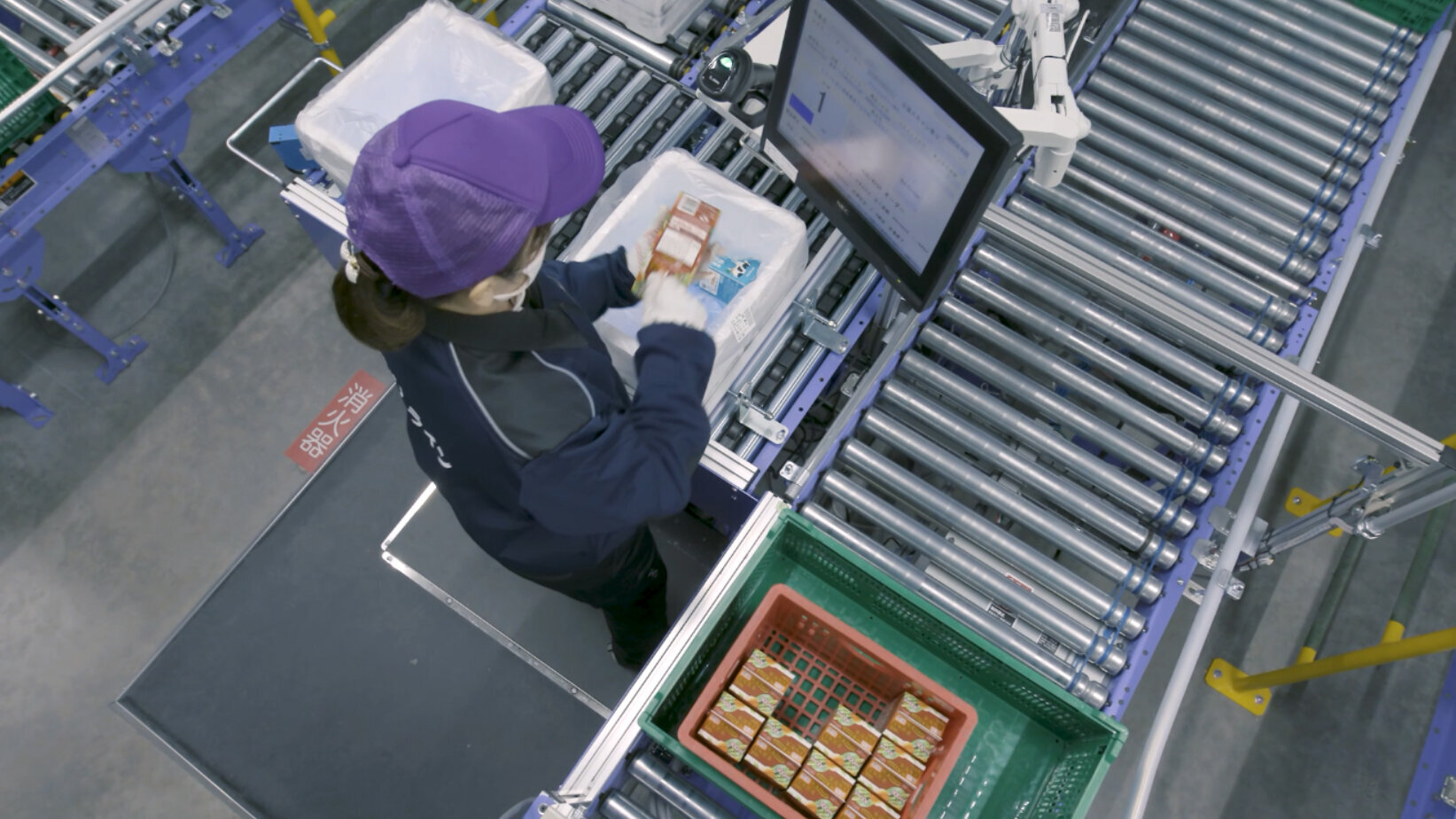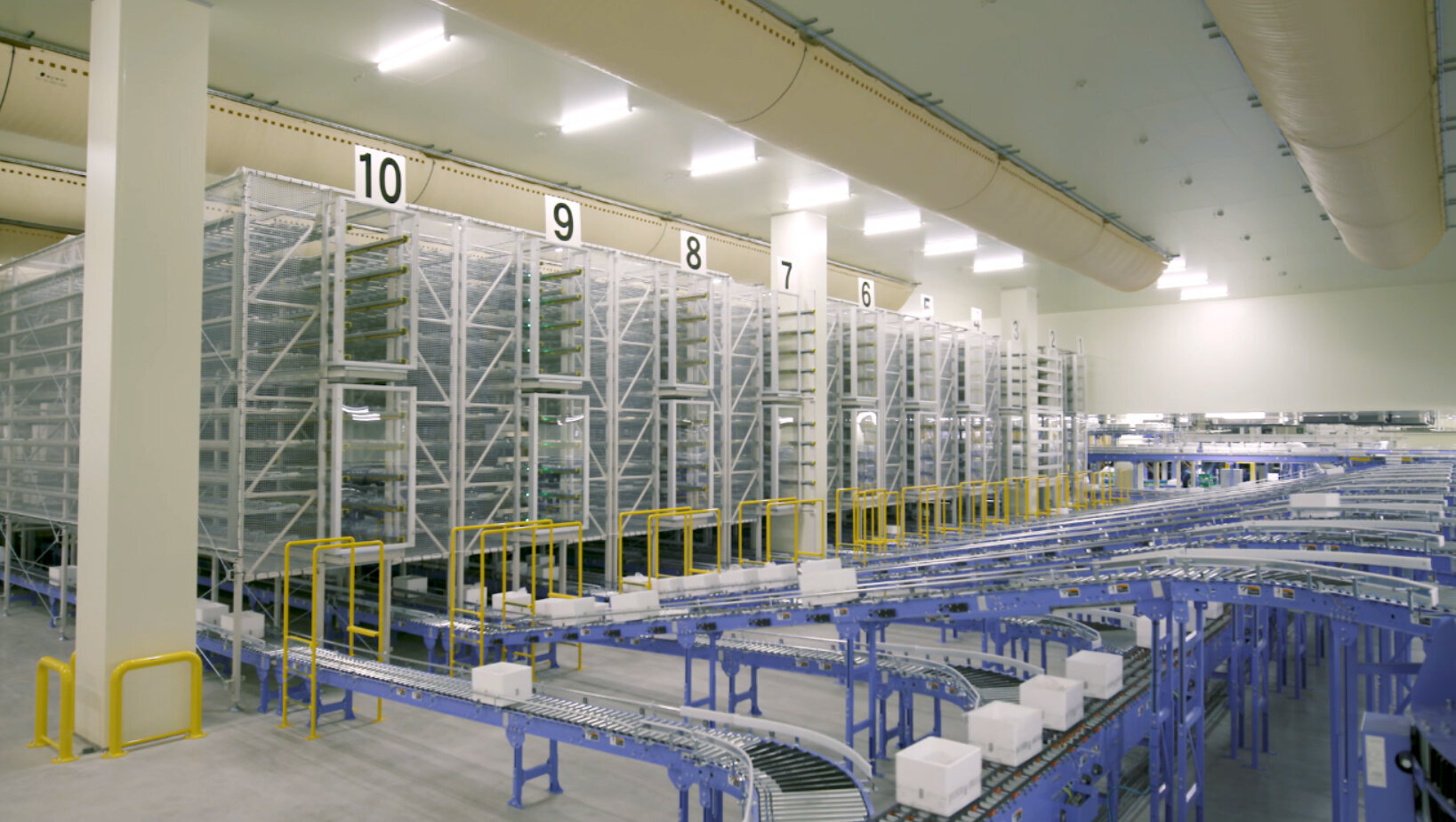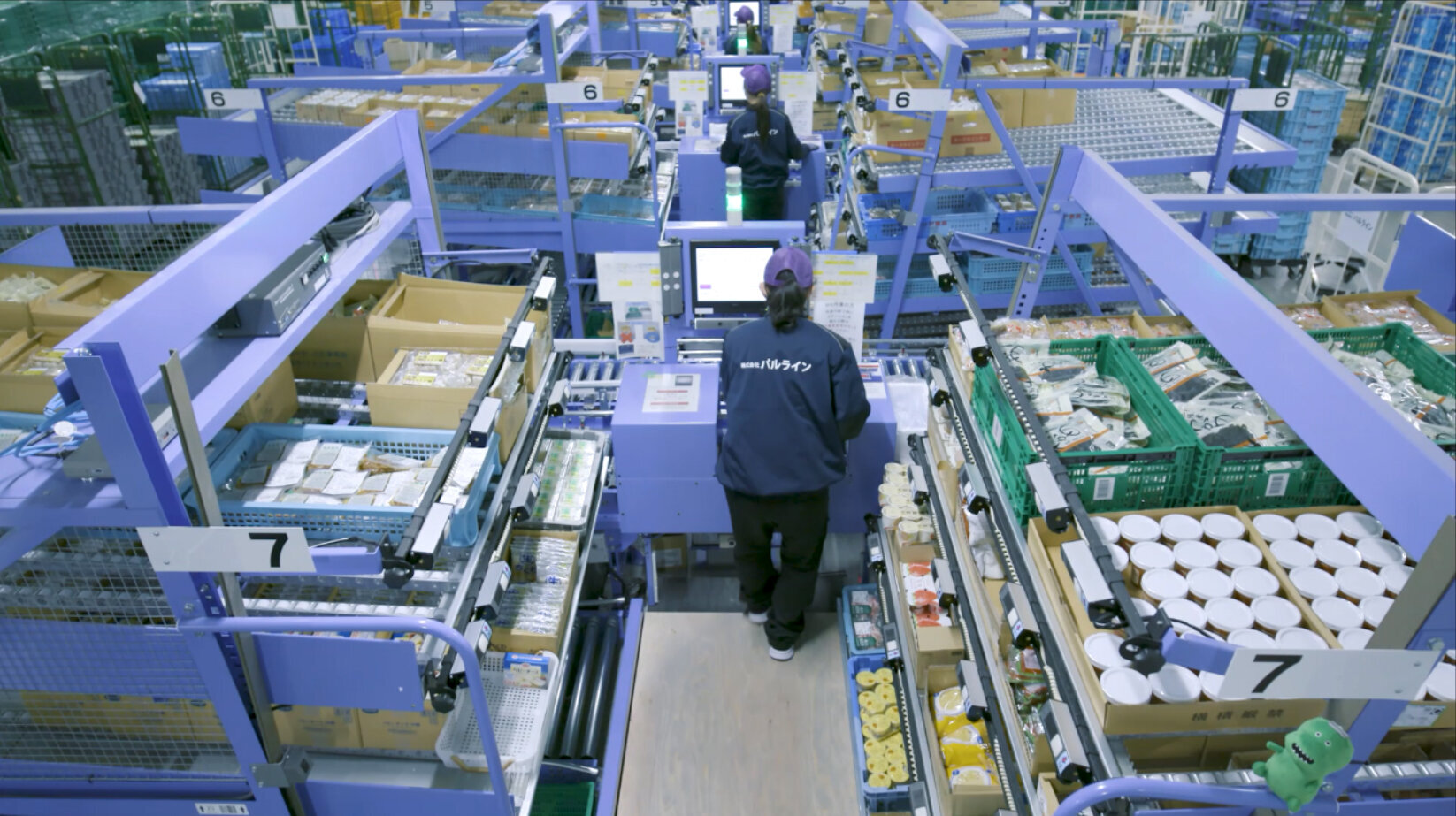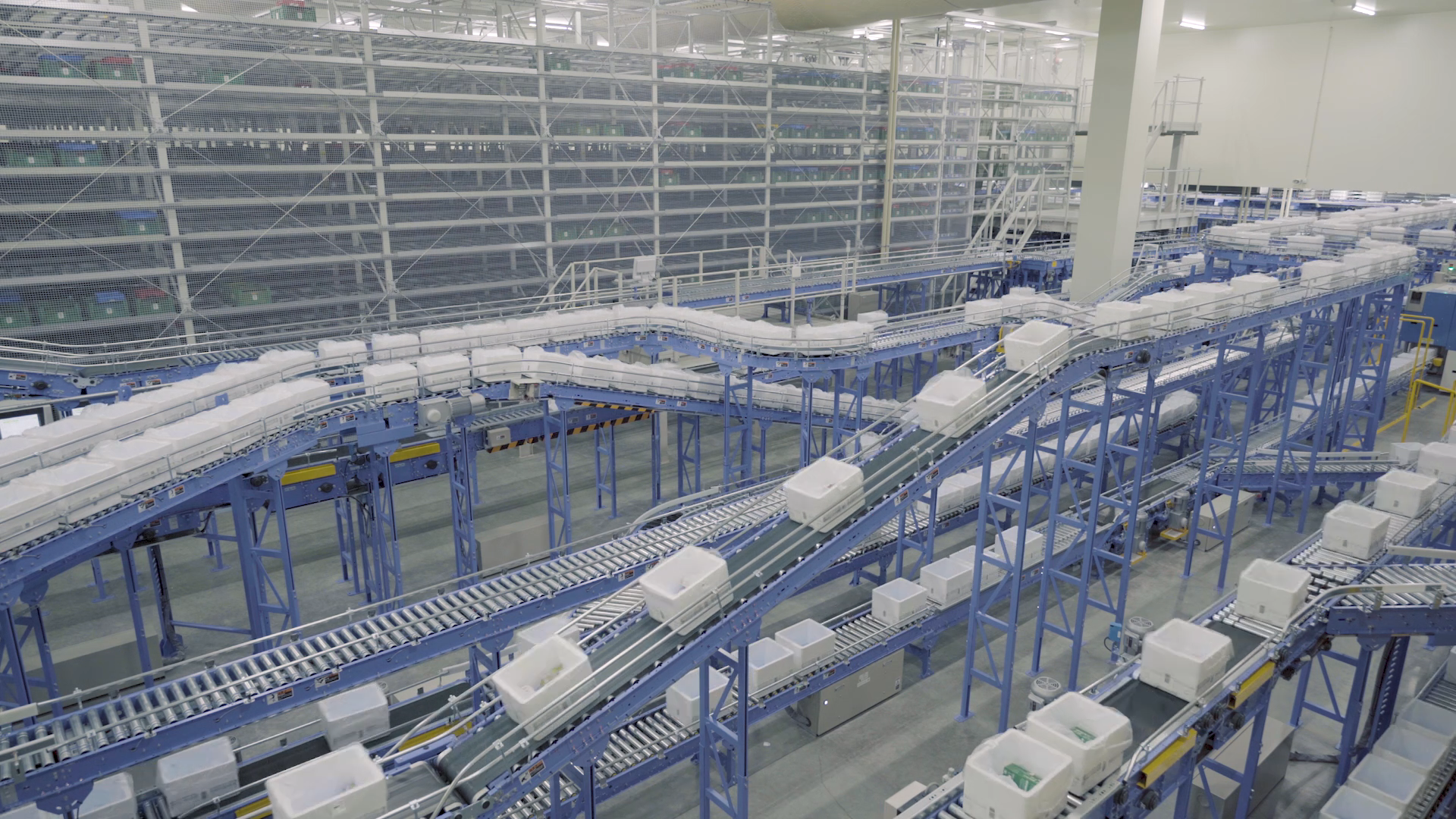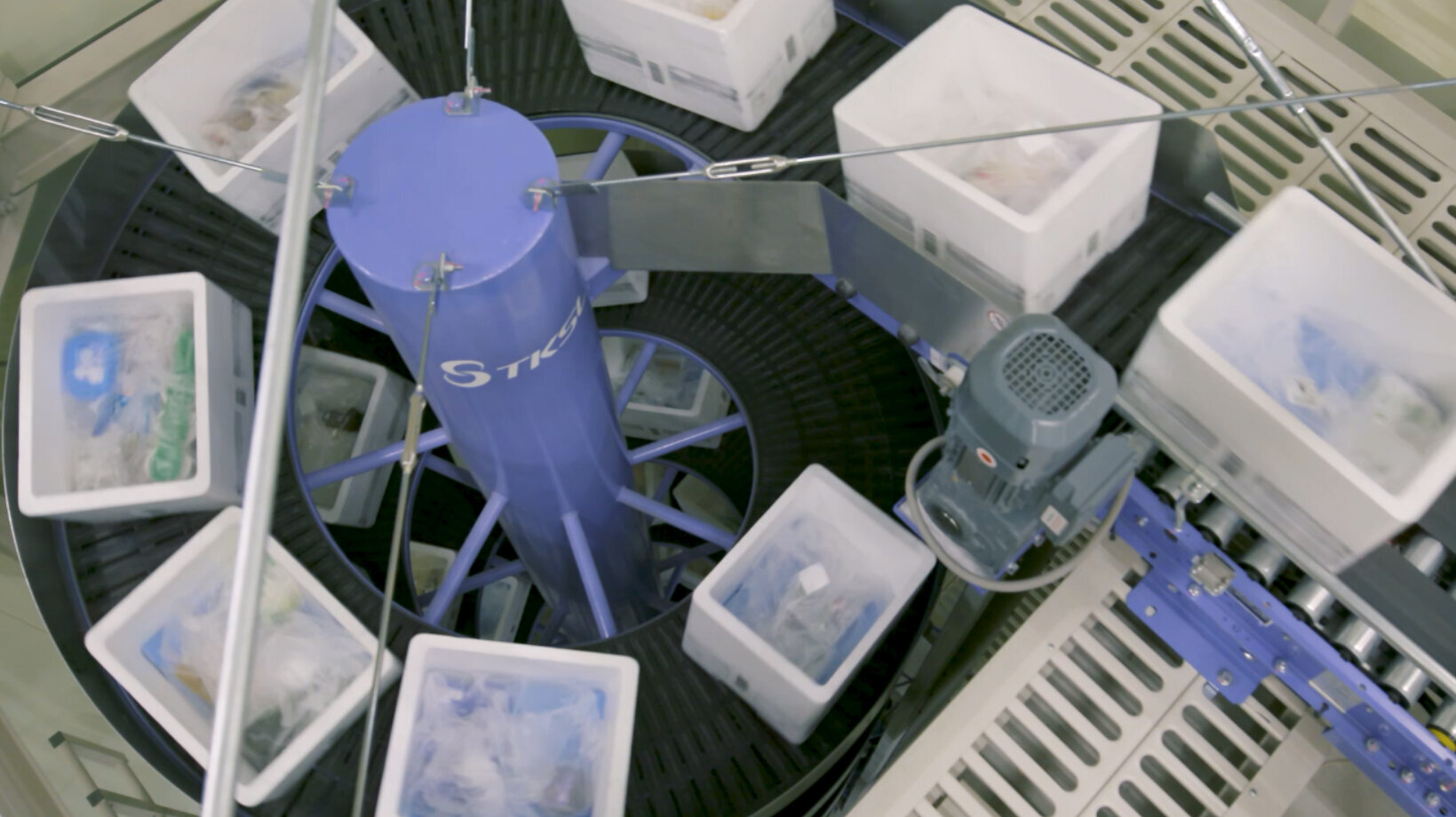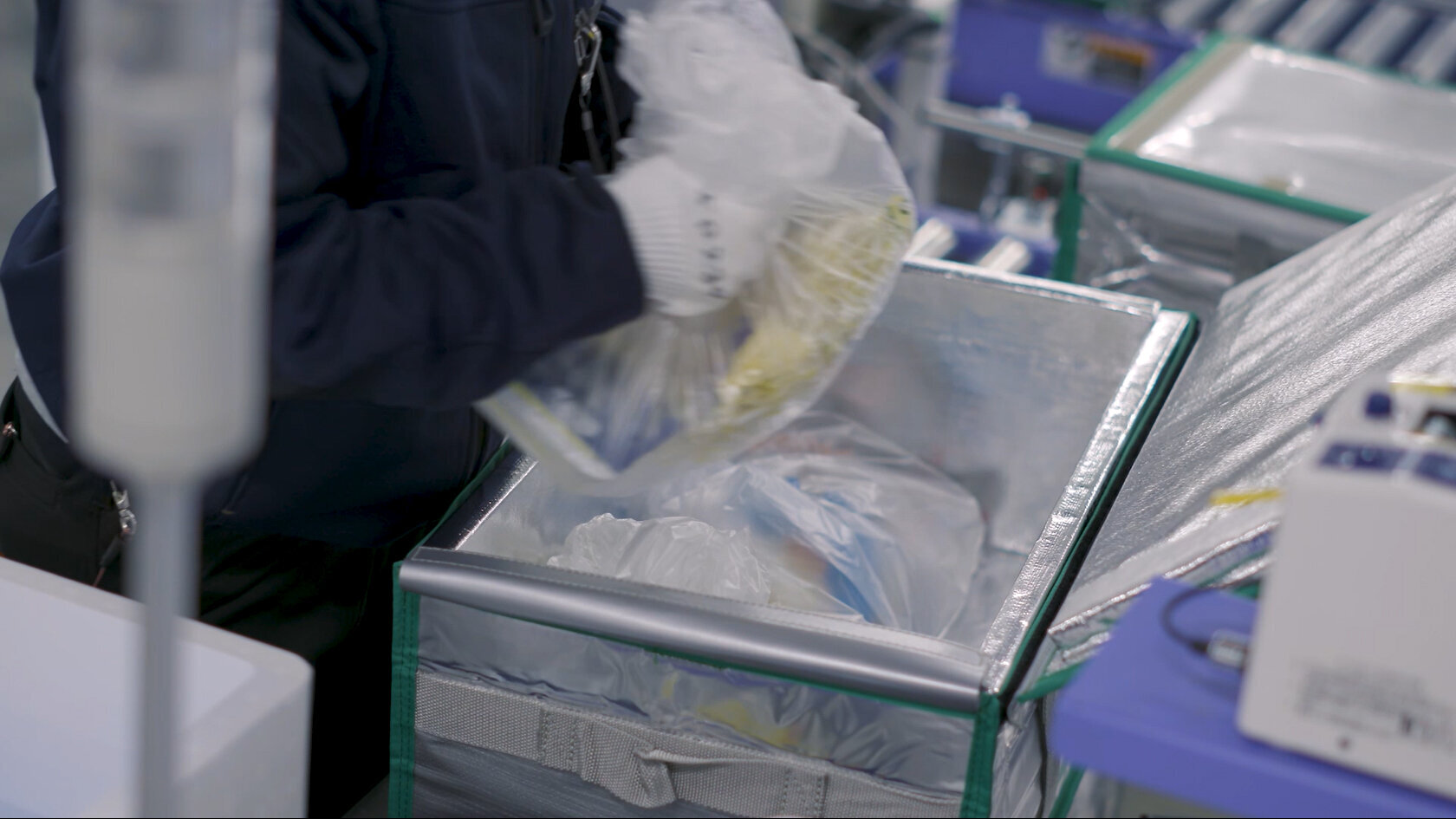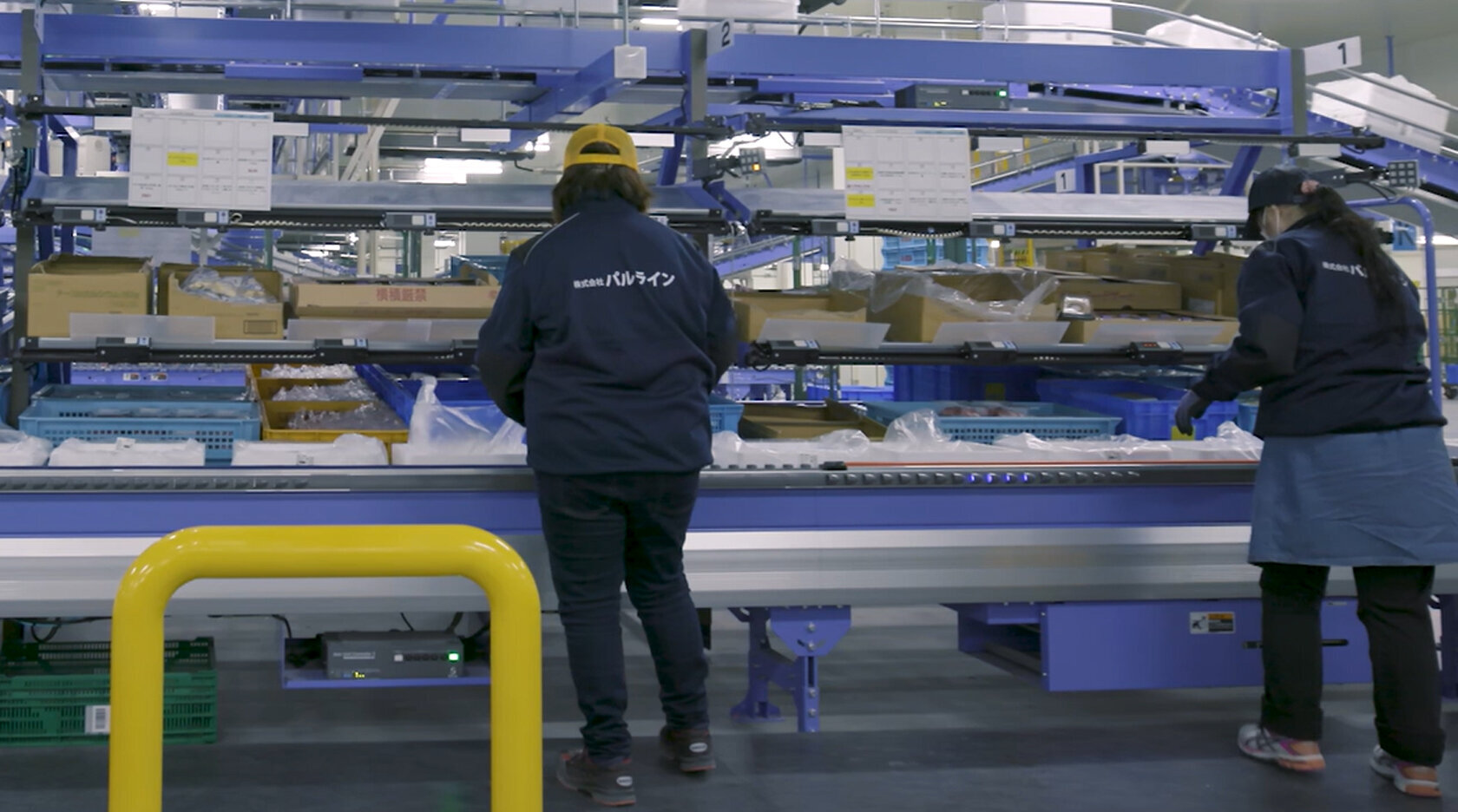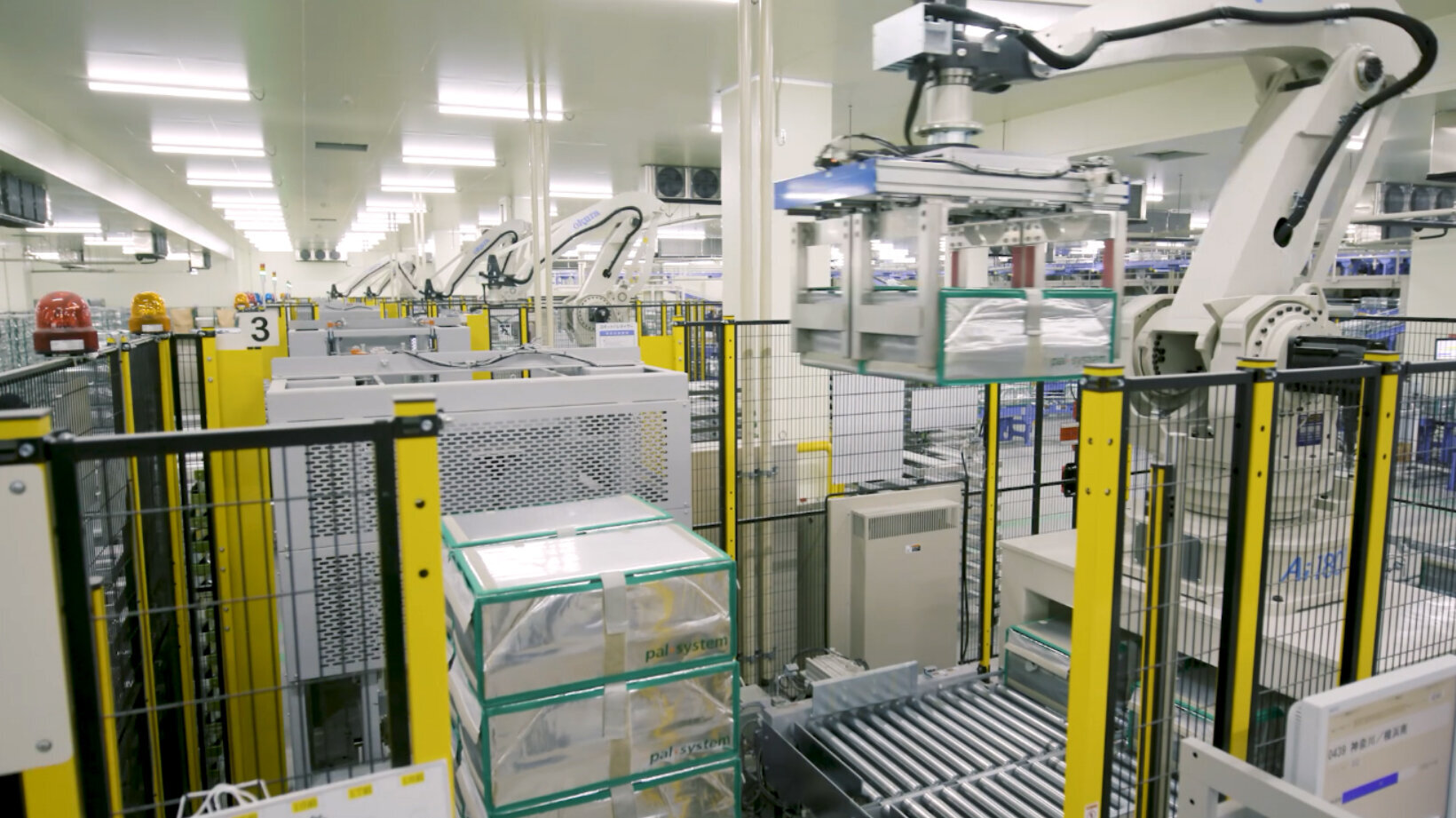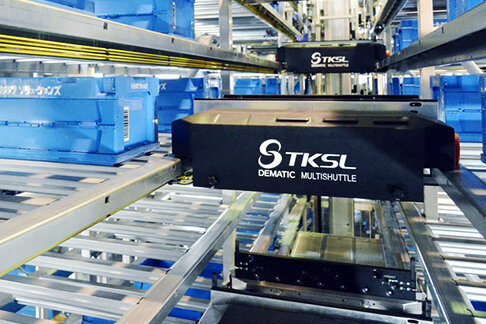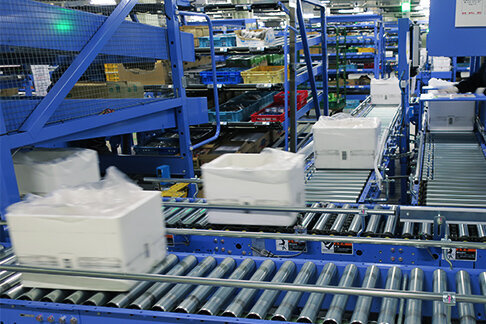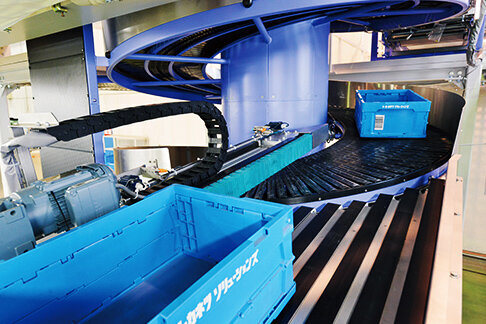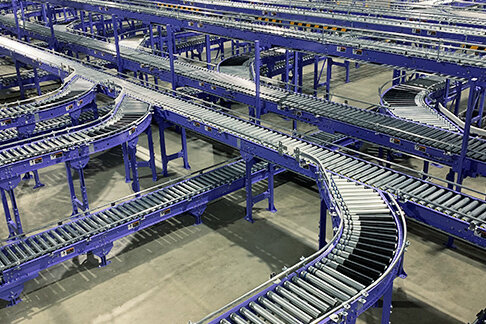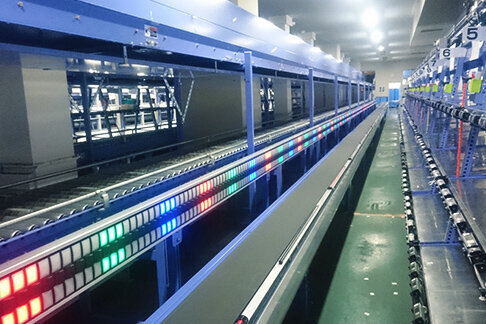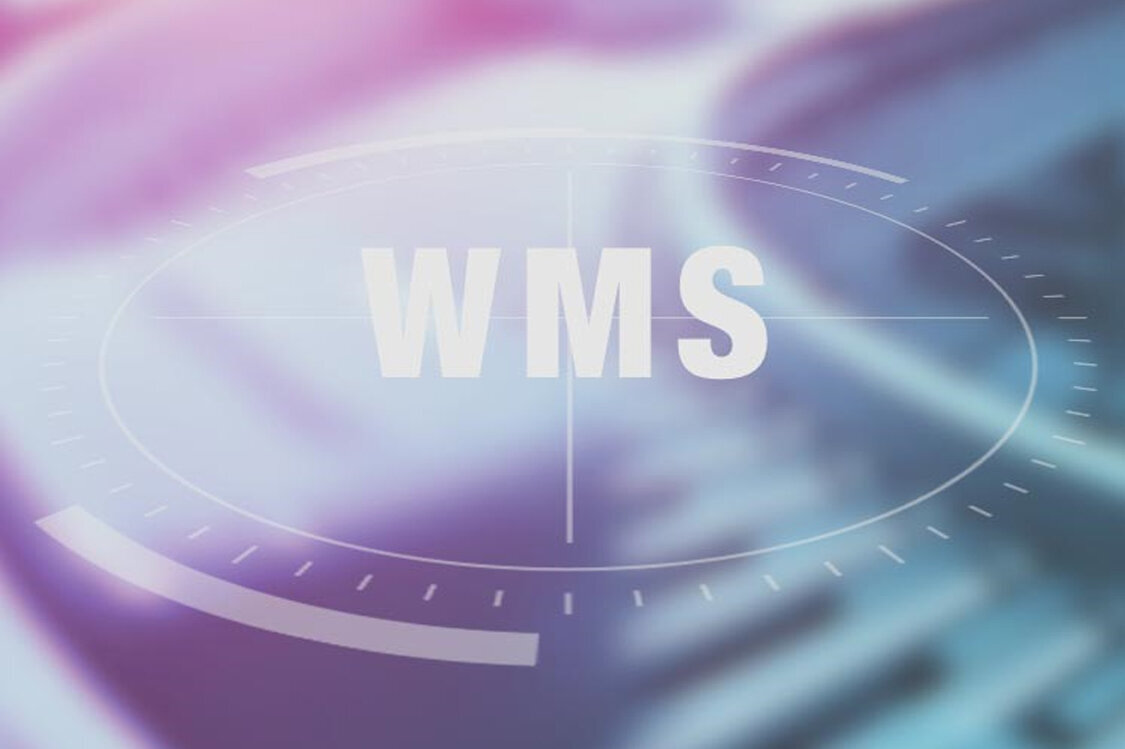Co-ops
Multishuttle Picking/Allocating Systems Robotic Systems Sortation Systems Spiral-veyor Storage Systems
Palsystem Consumers' Co-operative Union (Construction of Logistics System at Kumagaya Center)
Challenges
- Operators waiting to fulfill orders
- The company needed to break away from conventional thinking of fulfilling orders in same sequence of delivery
- Considerable time was required to train people on the picking process
- Orders are arranged according to delivery sequence at final shipping stage
Results
- The Multishuttle System and BPD (Branch Pick Director) eliminate wait time and errors that used to occur in the conventional picking process
- The flow of goods to the operators is automated so there is no wait time and training is only necessary for simple tasks
- The Multishuttle System automatically sequences orders for final delivery
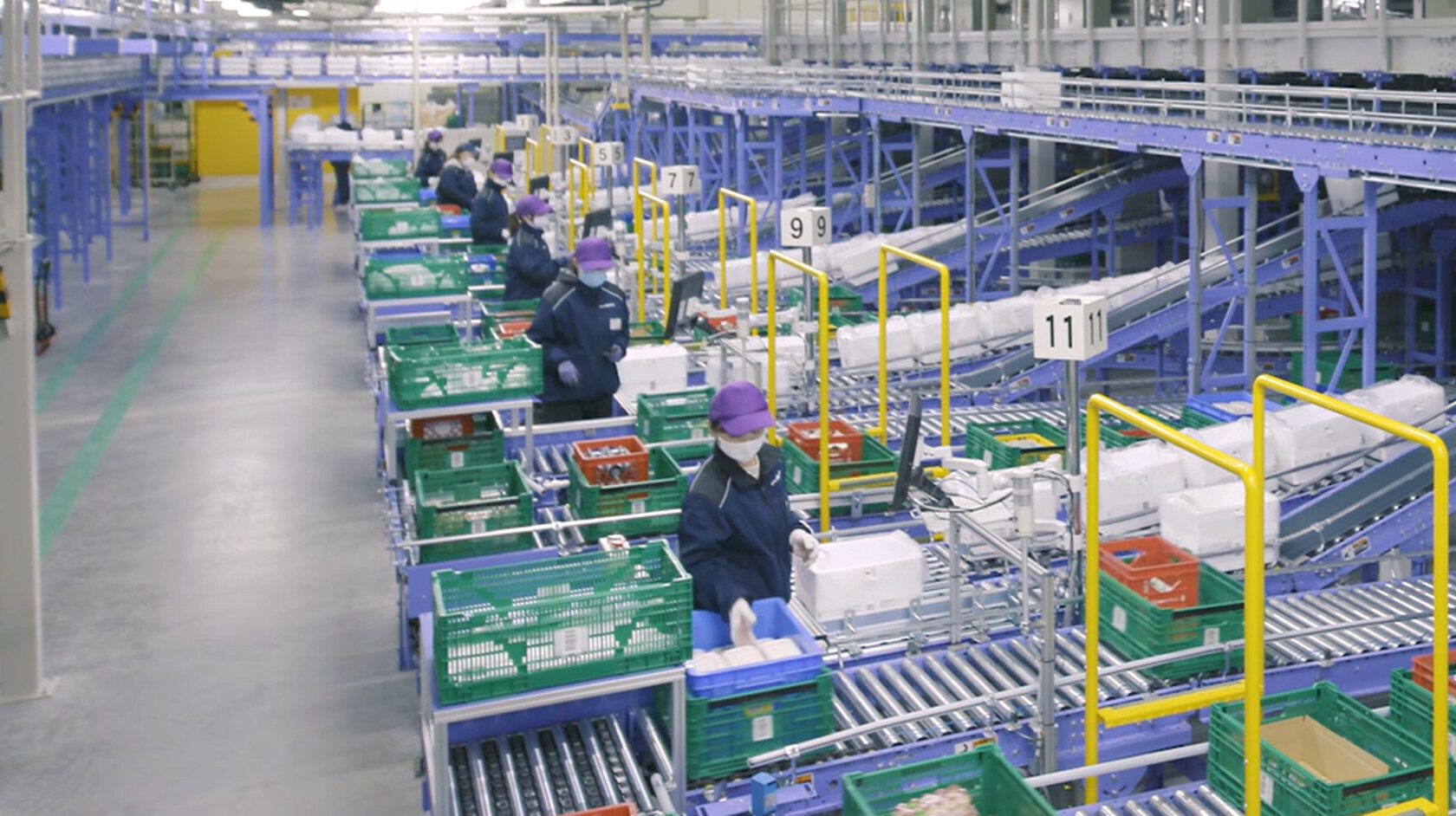
BackgroundIntroduced a Style of Picking Contrary to Conventional Wisdom
Background
Introduced a Style of Picking Contrary to Conventional Wisdom
The Kumagaya Center, which began operations in May 2020, is a state-of-the-art center established to secure capacity in the fresh food sector for future growth. Up to now, the conventional wisdom was to pick in order of final delivery, however, this often required all types of orders to be processed on one line, resulting in several issues, including a lot of waiting to name one. The Kumagaya Center disrupted this line of traditional thinking and broke away from picking by order of delivery.
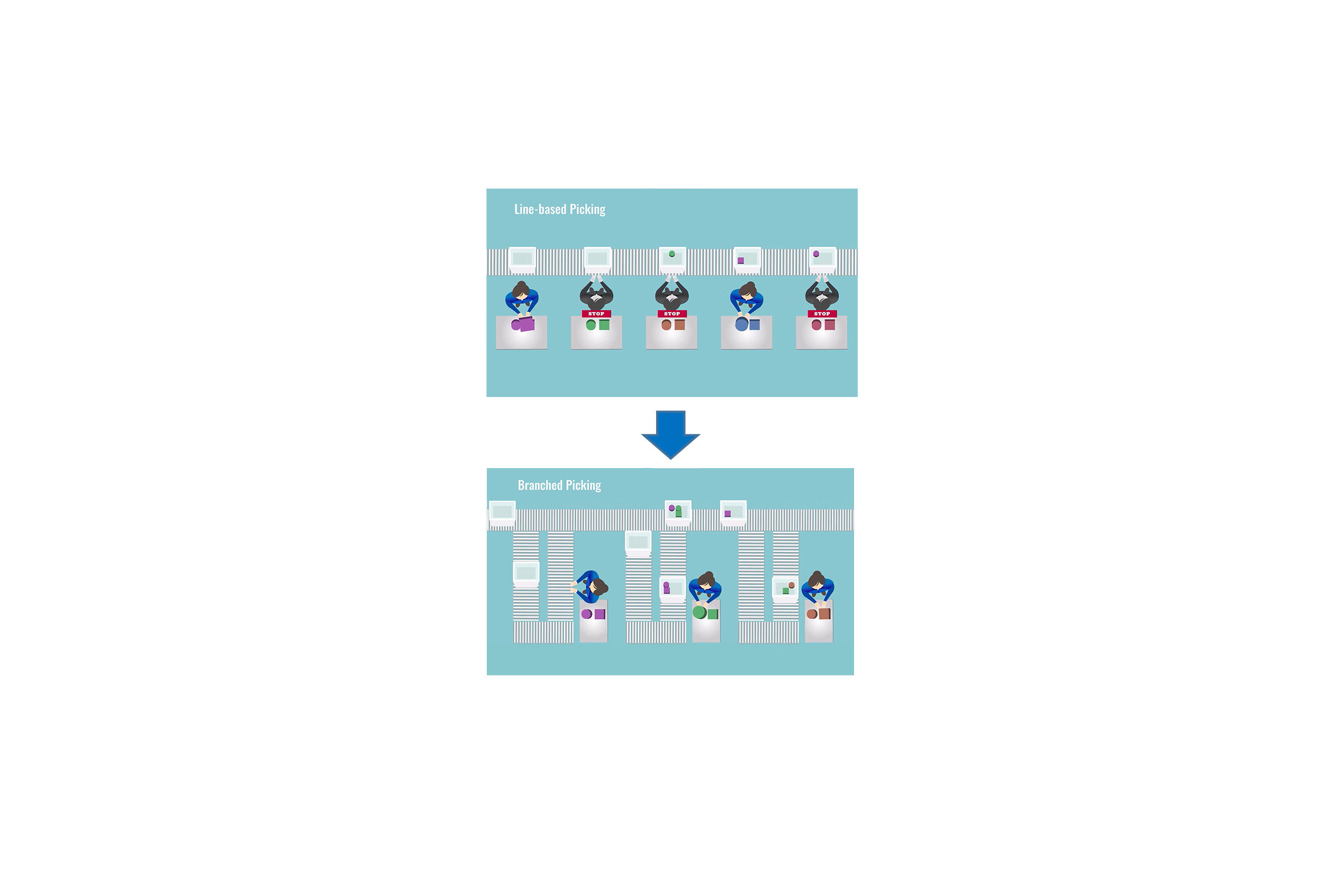
By aligning the work of operators with equipment, the Center was able to drastically improve productivity and reduce headcount at the same time.
By aligning the work of operators with equipment, the Center was able to drastically improve productivity and reduce headcount at the same time.
At the Kumagaya Center, goods are received on the first floor and collected on both the first and second floors. Then goods are sequenced according to delivery on the second floor and shipped from the first floor.
The Center is not concerned with delivery order at all during fulfilling of orders. Two fulfillment systems made this scenario possible.
The first is GTP (Goods-to-Person), a no-walking picking system. A total of 12 pick stations are located on both sides of the Multishuttle System, which can store 18,000 cases. Incoming product is sorted by case, regardless of delivery order, and temporarily stored in a Multishuttle System. Inside the Multishuttle System, high-speed shuttles move around and retrieve product in the exact order requested, and automatically delivers it to the pick station to be picked at the unit level. The worker simply transfers the required number of items to the returnable box according to the instructions on the screen and conducts a point-of-sale inspection of the items, thereby reducing input errors.
The second is the BPD (Branch Picking Director) system. This picking station is branched from the main line, so the main line continues to flow smoothly. Each station stores 24 different items, and the returnable box is delivered to that station that has the needed product to fulfill the order. The operator just places the product in the returnable box as it passes by, referring to the screen on the display and rack. It has decreased pick errors and increased quality of work. The branched stations eliminate wait time, and the only thing the operator needs to worry about is picking for the order directly in from of him or her. The end result was a reduction in headcount for this operation from more than 13 on one line to 7. To prevent damage and loss, the Multishuttle System (GTP) sequences retrieval of larger items first such as beverage containers which are to be placed in the bottom of the container, followed by BPD where the lighter items are place on top. For slower moving items, one SPD line was installed separately where operators pick from the front, reducing the burden on them. By utilizing this multi-tiered fulfillment system and assigning items accordingly, the container only passes through where items must be picked to it. It does not have to pass through the entire line, resulting in huge gains in productivity.
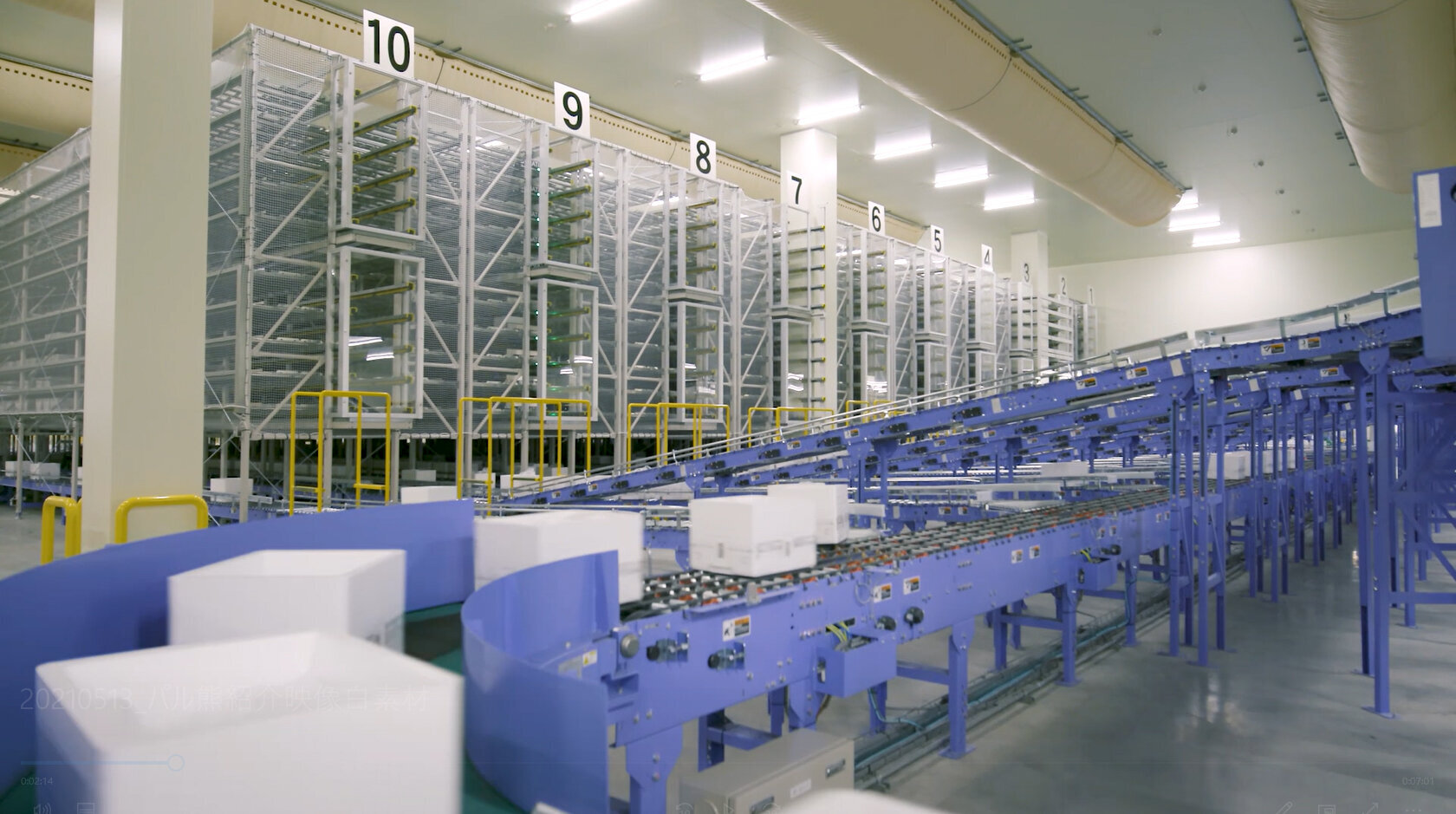
Automatic retrieval while resequencing to final delivery order
Automatic retrieval while resequencing to final delivery order
To sequence according to order of delivery, those orders that have been fulfilled regardless of delivery sequence are temporarily transported back into the Multishuttle System, capable of storing over 10,000 cases. The high speed Multishuttle and lift used for order sequencing and retrieving, move to return orders to match their delivery sequence and retrieve the amount that can be loaded on a dolly. A spiral conveyor over a couple of floors is used to transport from the Multishuttle System to the shipping area, saving on space.
At the Kumagaya Center, product is aligned before stacking in anticipation of an increase in volume in the future.
Furthermore, we have also developed a system to increase the capacity in trucks by placing multiple orders in cold storage containers.
With further automation, robots are used to stack the cold storage containers. With the installation of monitors installed in the shipping standby area, drivers can directly check the location of their own cargo and load it quickly and without hesitation.
It is the Warehouse Management System that supports all of this activity, controlling all operational data in real time for valuable insights.
Managers and decision-makers have the ability to understand all activity at the warehouse, look for ways to improve and further optimize toward even higher productivity. In addition, when linked to a backbone system, hubs and delivery depots can also monitor activity in real time, useful in supporting backend logistics operations.
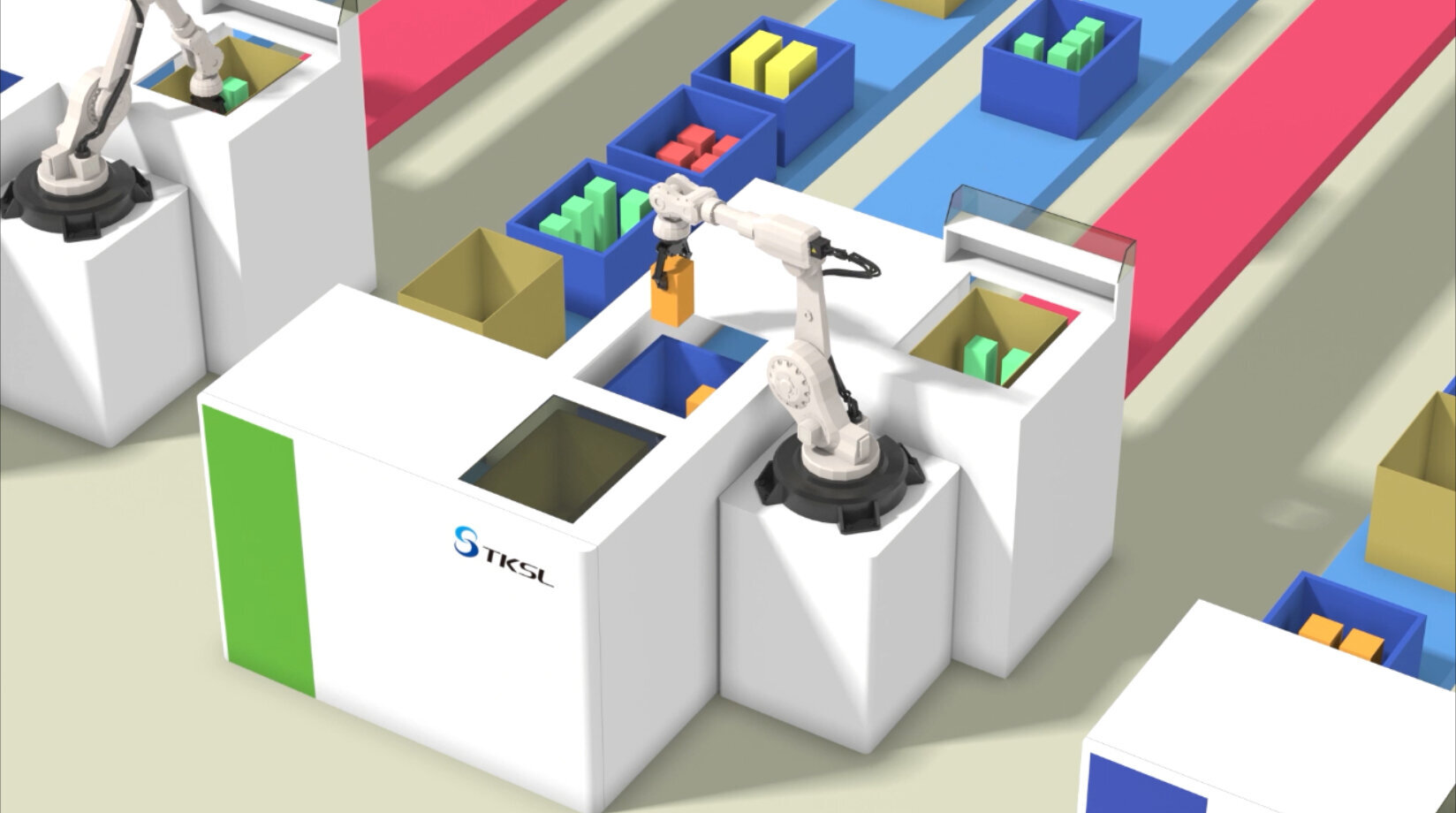
Customer TestimonialsCenter Where All Operations are Performed and Service to Members is Improved
Customer Testimonials
Center Where All Operations are Performed and Service to Members is Improved
In warehouse centers of the past, if an employee was absent, even though people were available, the position could not be filled. In the warehouse of the future, work will be such that anyone can do another job easily, eliminating such personnel issues.
Going forward, we plan on introducing GTP robots to reduce reliance on human labor, and eventually move to a lights-out operations with consideration to employment issues. By reorganizing logistics with this Center at the core of our warehouse operations, the company believes that service to members will improve greatly. The number of members is increasing along with the needs of those members, driving us to seek continued support in expanding the items we offer while improving quality.
As we continue to meet the growing demand in the future, we believe the chilled Center will continue to play a central role in that growth.
* Source: Based on an interview conducted July, 2020. Data, organizational departments and personal names appear as they were at time of interview.
Products and Services Introduced
